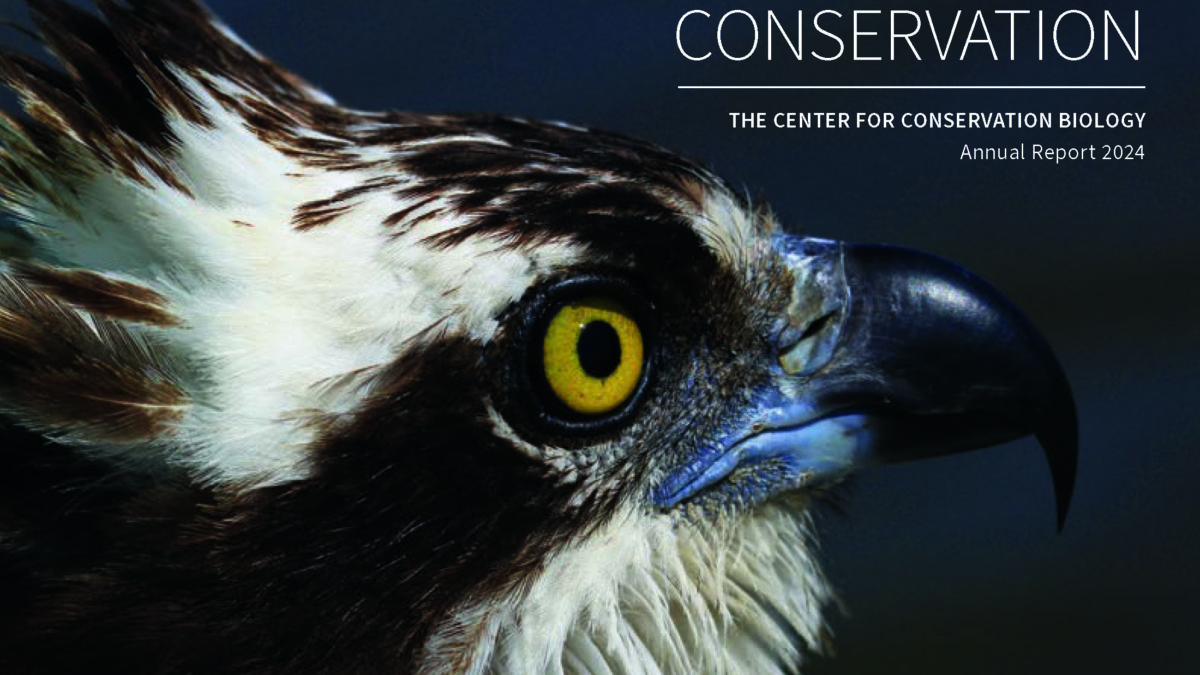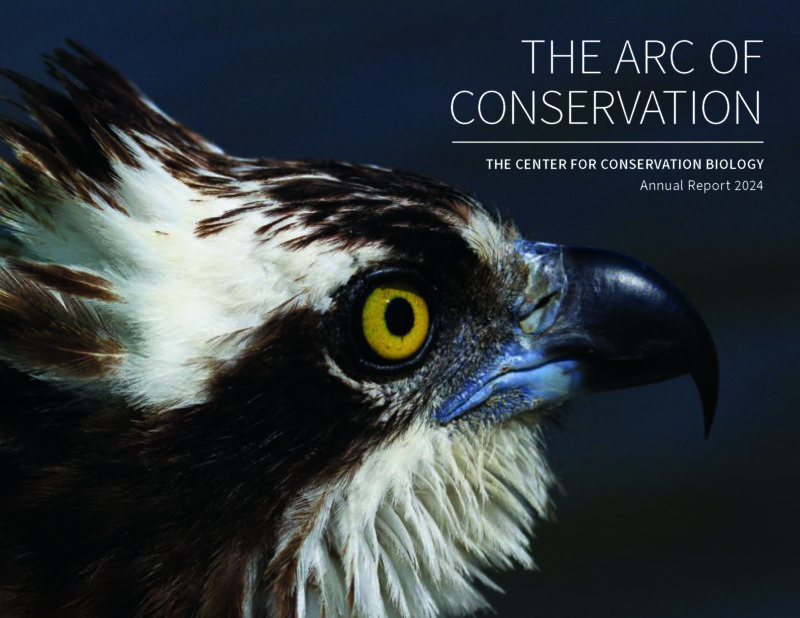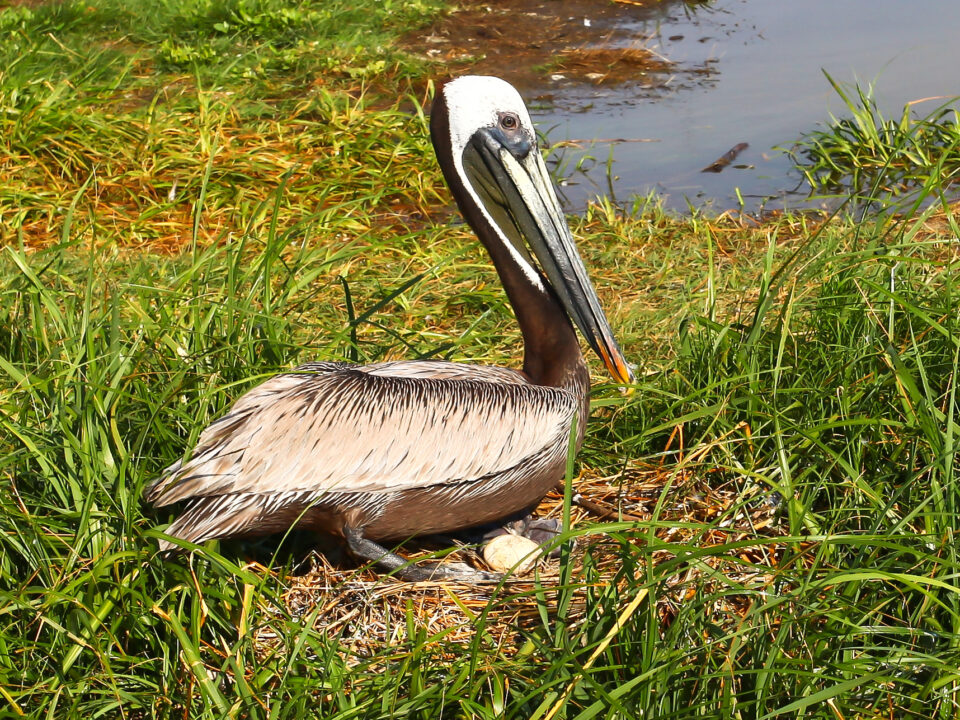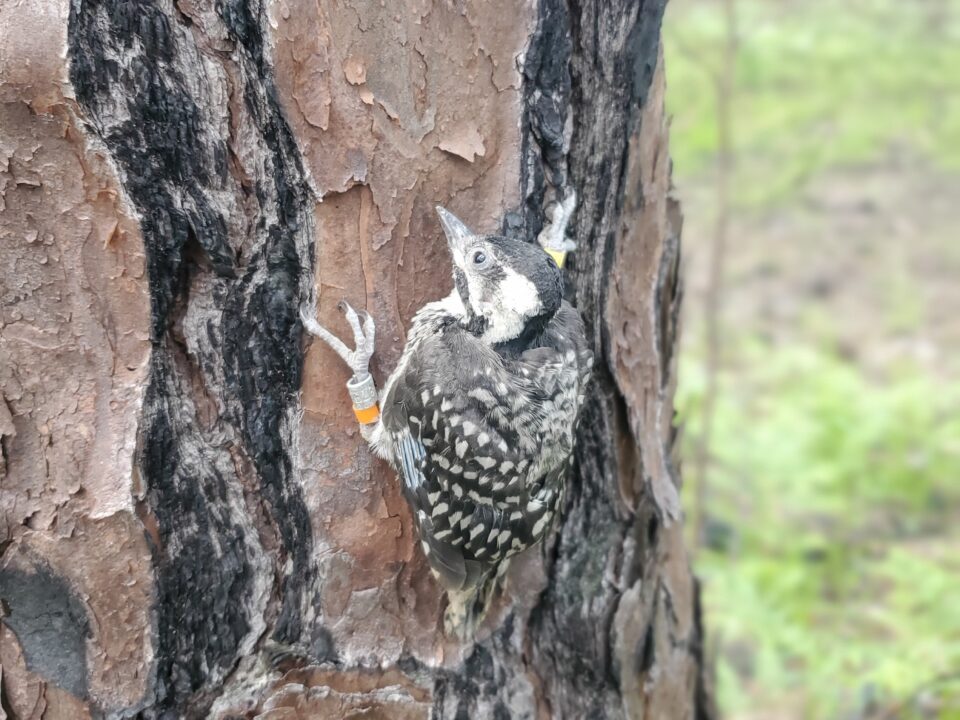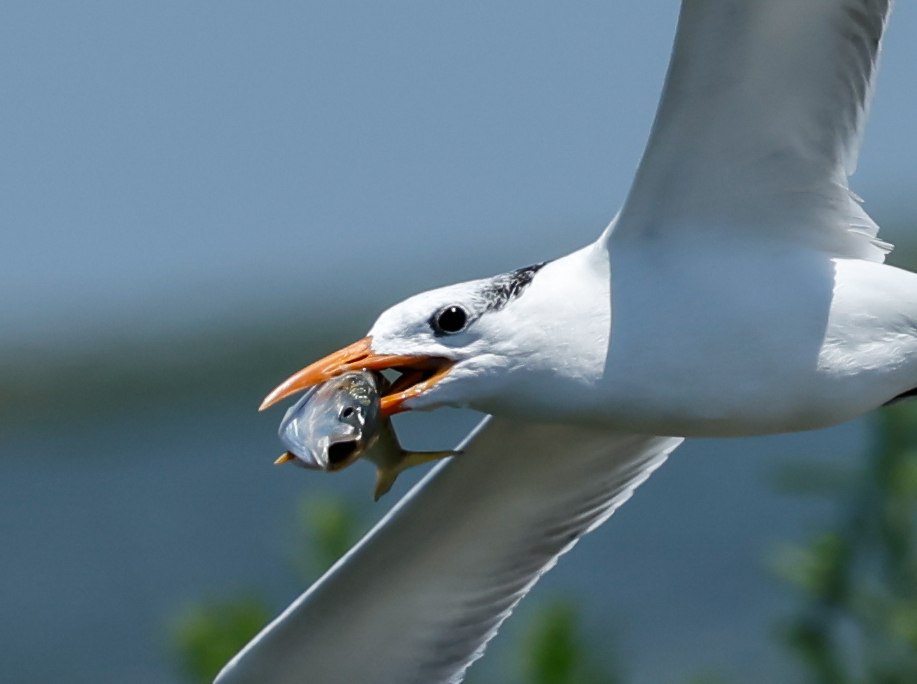The Arc of Conservation

CCB Surveys Reveal Wayne’s Warbler Strongholds in Virginia
October 9, 2024
Dune Foragers: Unraveling the Ipswich Sparrow’s Hidden Diet
February 5, 2025By: Bryan Watts
1/17/2025
Working on the front lines of conservation is like being an emergency room doctor. The long hours and relentless pace are exhausting. The clock is ticking and the stakes are real. The right decisions have to be made now or bad things can happen. You use all of the information available and all of the experience you have to diagnose the problem and find a treatment. Time is always limited. You live with the internal struggle of whether or not to succumb to the constant request for meetings where people talk about doing something or spending that time actually doing something. Every day is different. Every day is consequential. Every day is full of the exhilaration of expending your life for something you value.

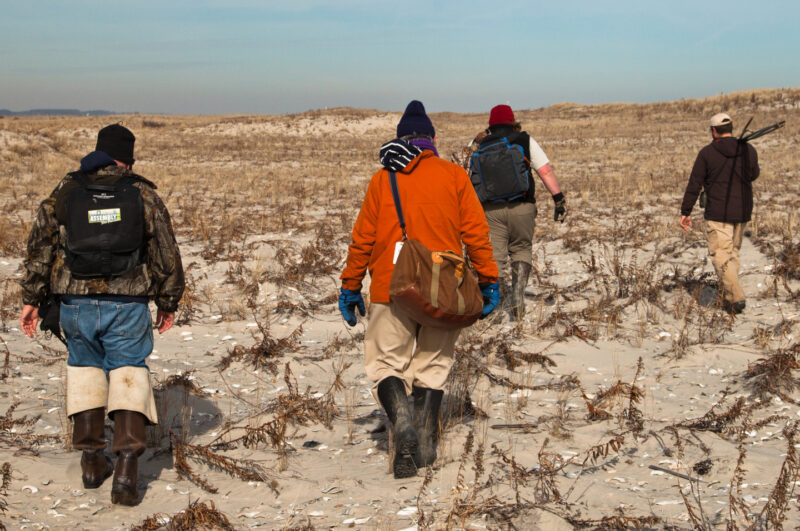
From the outside, conservation may seem like chaos. It is not. Like the narrative arc of a good novel, conservation moves through a sequence of ordered stages. These include identification of species in need, diagnosis of factors causing imperilment, consideration of potential remedies and development of a treatment plan, implementation of treatment with adaptive management and resolution or recovery.

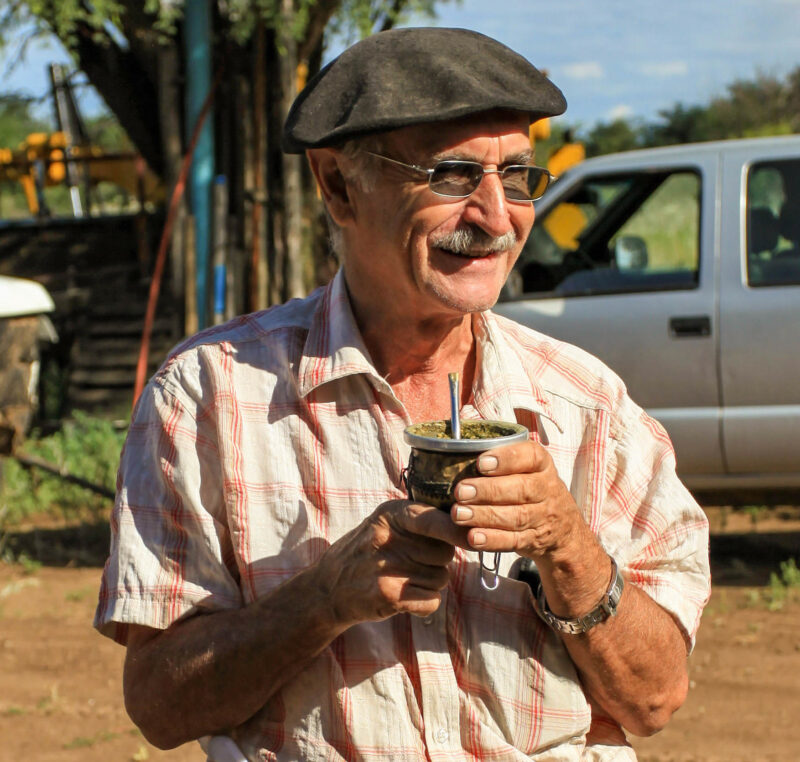
The Center specializes on the intense, heady first three phases in the arc. We have decades of benchmarks for dozens of species. We are constantly assessing these species and the threats they face. The urgent diagnosis of why a species is declining requires moving in all directions at once, turning over rocks and driving toward answers. Developing remedies requires creativity, innovation and thinking outside the box. The Center thrives in these face-paced spaces where innovation wins the day. The 2024 annual report is dedicated to a discussion about The Arc of Conservation.
The 2024 annual report is dedicated to a discussion about The Arc of Conservation.

